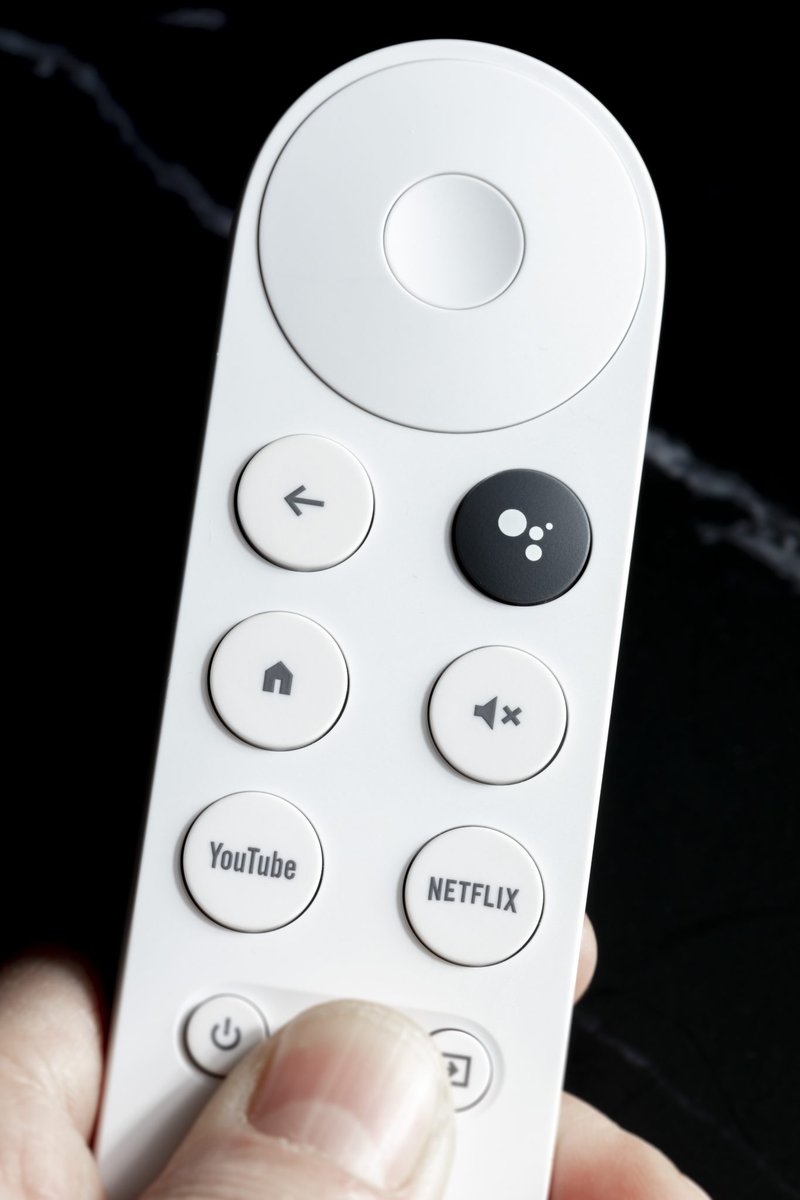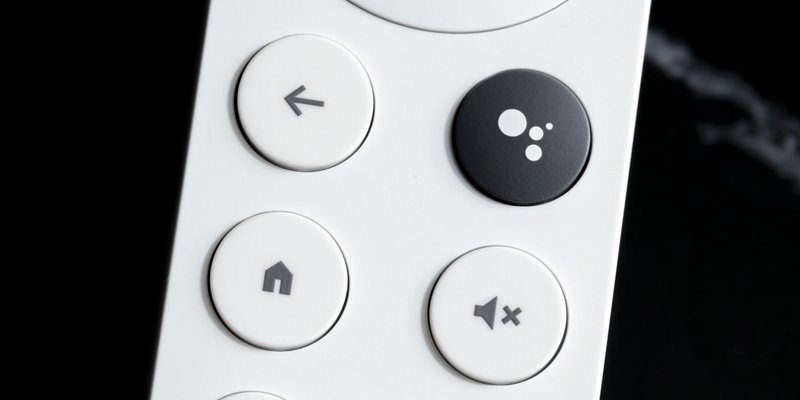
Honestly, Chromecast made streaming so simple—even my grandma can switch from cat videos to crime shows without sweating. But the remote itself? Sometimes it’s a bit like a stubborn puppy: cute, small, but liable to stop following commands at the most inconvenient moment. If you’re sitting here with a remote that suddenly won’t pair, won’t control the volume, or just plain refuses to turn on, you’re not alone. Let’s break down the most common Chromecast remote problems, why they happen, and how to fix them without pulling your hair out.
Remote Not Responding At All
Here’s the thing—99% of the time, a totally unresponsive Chromecast remote has one simple culprit: the batteries. It’s probably the most boring answer, but I can’t count how many times friends have texted me in a panic, only to fix everything with a new pair of AAAs. Before you start punching code into your phone to Google Chromecast support, crack open that battery cover and double-check.
Sometimes, though, it’s not just the batteries. Maybe you’ve got brand new ones, pushed in the right way, but still nothing. In that case, it could be a pairing issue—maybe the remote and Chromecast got out of sync. Electronics are like us; sometimes they just wake up grumpy. The fix? Try holding down the “Home” button for about 15 seconds to force a reset and kickstart a new pairing process. If your remote lights up or blinks, that’s a good sign it’s trying to reconnect.
If all else fails and there’s still radio silence, don’t forget to check for physical damage. Dropped remotes can break internal components, no matter how sturdy they look. In that case, you might have to swap in a universal remote or use the Google Home app on your phone as a quick workaround.
Volume Controls Not Working
This one’s sneaky. Your Chromecast remote might be fine flipping between apps or pausing videos, but suddenly the volume buttons do nothing. The weirdest part? The TV’s own remote works perfectly. Here’s a little secret—Chromecast remotes don’t always control volume the way you’d think.
Most of the time, they rely on something called HDMI-CEC (Consumer Electronics Control—sounds fancy, right?) or IR (infrared). If your TV or soundbar doesn’t play nice with these features, the volume buttons are basically just decoration. First, double-check your TV settings: look for any option about HDMI-CEC and make sure it’s switched on. If you use an audio receiver, make sure it’s using the right HDMI port—some only allow CEC on certain inputs, which is one of those annoying quirks you only learn when troubleshooting.
Another fix? Re-pair the remote by holding down the “Back” and “Home” buttons until the LED flashes. Sometimes the remote just loses the ability to send volume commands until you give it a little reset nudge. And hey, if all else fails, you can always adjust the volume using your phone as a remote, at least until you figure out the real problem.
Remote Won’t Pair With Chromecast
Pairing issues can be the most frustrating—especially if you’re setting up Chromecast for the first time and it feels like the tech gods just don’t want you to watch TV. Pairing basically means your remote and Chromecast are talking to each other. When that relationship breaks, you’re stuck.
First, make sure your Chromecast is plugged in and powered up. (You’d be surprised how often the HDMI port or power cable gets loose and ruins everything.) Next, pop the batteries out and back in. If you see a blinking light, the remote’s in pairing mode. If not, hold down the “Home” button until it starts blinking. Sometimes it takes a few tries; patience is key.
Still nothing? Here’s a weird but effective fix: physically unplug your Chromecast device, wait 30 seconds, and plug it back in. This forces a hard reset and can solve pairing issues that software resets miss. Once everything powers up, follow the on-screen instructions to pair the remote again. If you see a code on the screen, enter it using the remote to complete the process.
Sometimes, the simplest fixes are the last ones you try. Don’t be afraid to repeat a few steps. Chromecasts are resilient little boxes, but they need a nudge every so often.
Remote Buttons Lagging or Sticking
There’s nothing more annoying than hitting a button and having nothing happen… then suddenly, your Chromecast does everything at once, as if catching up. Laggy or unresponsive buttons can usually be chalked up to three things: battery issues, Bluetooth interference, or sticky buttons from snack residue (guilty as charged).
Start with the batteries—even if the remote works, weak batteries can slow down response times. Swap them for new ones just to rule it out. Next, check your streaming setup. Bluetooth devices around your TV—like game controllers, wireless speakers, or even some smart bulbs—can mess with your Chromecast remote’s signal. Try turning off nearby devices one at a time to see if things improve.
If the remote buttons *physically* stick (you press “volume up” and it feels mushy), grab a lint-free cloth and gently clean around the edges. A little isopropyl alcohol on a cotton swab does wonders for sticky buttons. But if your buttons are still acting up after all this, the remote could have internal damage from a drop or spill, and you might need a replacement. Meanwhile, remember the Google Home app on your phone can control everything as a backup.
Remote Keeps Disconnecting
You’re chilling on your couch, everything’s working, and then—bam—the Chromecast remote disconnects. Maybe it drops the connection every few minutes. This is peak frustration, and it’s usually a Bluetooth problem. Chromecast remotes use Bluetooth to communicate, which is great until interference enters the picture.
First, make sure your remote’s battery is strong. Low power can cause the remote to disconnect, especially if you’re sitting far from the Chromecast. Move closer for a test; if it works better, there’s your answer. Next up, look for sources of interference. Wi-Fi routers, microwaves, and even baby monitors can throw off Bluetooth signals. Try moving your Chromecast dongle to a different HDMI port, ideally away from the tangle of electronics.
You might also want to restart both your Chromecast and your remote (pop out the batteries for a minute, then put them back). If you’re still having issues, a full reset might be in order: hold down the reset button on your Chromecast until the LED flashes. You’ll need to pair everything again, but this often solves stubborn disconnects.
Can’t Navigate Menus or Control TV Power
Ever tried to scroll through your Chromecast menus, and the remote seems to have a mind of its own? Or maybe it won’t turn your TV on or off? This is usually a signal sync issue or a configuration problem.
Make sure your Chromecast is plugged into a TV port that supports HDMI-CEC. Without CEC, the Chromecast remote can’t send power commands to your TV. Check your TV’s settings for a CEC option (sometimes it’s hidden under “Device Control,” “Anynet+,” or “BRAVIA Sync” depending on your TV brand). Turn it on if it’s off.
If menu navigation is laggy or jumpy, try resetting the Chromecast remote (hold the “Back” and “Home” buttons together for about 10 seconds). Sometimes, a simple software update is the fix you need—open the Google Home app and check for Chromecast device updates. If it still doesn’t work, using a universal remote that supports Chromecast might be a short-term alternative while you troubleshoot further.
Considering Universal Remotes or App Controls
Let me be honest—Chromecast’s official remote is designed to be simple, but it can sometimes feel a little too stripped down. If you’re tired of constant troubleshooting or need something with extra features, universal remotes are a solid option. Most modern universal remotes can sync with Chromecast (just make sure they support Bluetooth, not just IR signals).
Alternatively, the Google Home app on your phone can do nearly everything the remote can, often with extra features like keyboard input for searching. It’s a total lifesaver when your physical remote dies during the season finale of your favorite show. Just open the app, tap your Chromecast, and use your phone’s screen as a touchpad remote.
Pro tip: Keep the Google Home app installed and updated on your smartphone—you never know when your physical remote will go MIA.
Final Thoughts: Getting Back to Streaming Bliss
The Chromecast streaming device remote might look small and simple, but there’s a surprising amount that can go wrong—batteries, Bluetooth pairing, code resets, and even sticky snack residue can all mess up your binge-watch plans. The good news? Most common problems with Chromecast remotes are fixable in just a few steps, whether you’re swapping batteries, resetting the device, or fiddling with your TV’s HDMI settings.
If you feel like you’ve tried everything and it’s still not working, don’t beat yourself up. Sometimes remotes break, and reaching for a backup universal remote or your phone is just part of being a modern streamer. At the end of the day, once you’ve wrestled your Chromecast remote back into working shape, there’s nothing better than flopping back on the couch and letting the next episode roll. Happy streaming!
